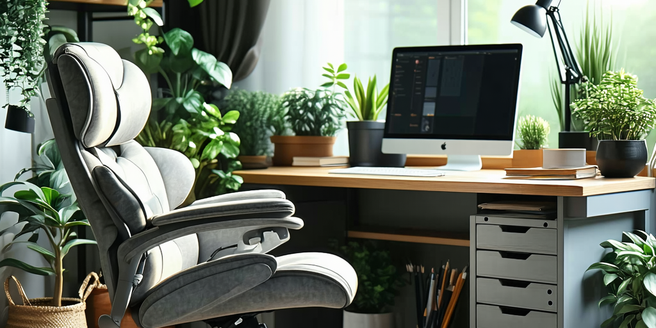
Understanding Ergonomics: The Basics
Ergonomics incorporates the science of designing a work environment that suits the user’s physical needs to enhance comfort and productivity. At its core, ergonomics focuses on fitting workplace demands to individual capabilities and limitations, reducing potential strain and risk of injury. By adopting ergonomic principles, employees can find more natural and efficient ways to perform tasks, leading to fewer instances of discomfort and fatigue. Adjustments might include modifying workstations, selecting proper tools, and setting up schedules that promote well-being. Understanding these basics enables a proactive approach to health at work, minimizing absenteeism and improving satisfaction levels. An effectively designed workplace that accommodates differences in stature, strength, and posture is essential for long-term success.
Common Workplace Ergonomic Issues
Many workplaces face ergonomic issues that arise from prolonged sitting, inadequate lighting, and improper setup of office equipment. Poor posture and repetitive motions are prime contributors to musculoskeletal disorders, resulting in pain and discomfort. Often, chairs lack the necessary support, forcing employees into awkward positions, while screens positioned incorrectly can lead to neck and eye strain. Inattention to ergonomics can culminate in chronic conditions such as carpal tunnel syndrome. By identifying these common problems, organizations can implement strategic interventions. Height-adjustable desks, ergonomic chairs, and repositioning of monitors are simple yet effective solutions to mitigate these risks. Promoting awareness and training on proper workplace setup is vital to reducing ergonomic-related injuries and enhancing overall productivity.
Choosing the Right Office Furniture
Choosing office furniture that aligns with ergonomic principles is a crucial step toward enhancing workplace comfort and efficiency. Ergonomic chairs should offer adjustable seat height, lumbar support, and sufficient depth to accommodate various body types. Desks should be spacious enough to house essential equipment while allowing keyboard and monitor placement that reduces strain. Keyboards and mice should encourage neutral wrist positions, minimizing stress. Investing in quality furniture designed for adjustability ensures that it can be tailored to the individual needs of each employee. By considering factors such as material, functionality, and adaptability when selecting office furniture, companies can foster an environment conducive to well-being and productivity.
Optimizing Your Workstation Setup
Optimizing your workstation setup involves aligning tools and equipment to promote good posture and minimize strain. Start by adjusting your chair so your feet rest flat on the floor and your knees are at a right angle. Your monitor should be at eye level, about an arm’s length away, to avoid neck and eye strain. Keep frequently used objects within reach to reduce repetitive stretching and twisting. Utilize a document holder to keep important papers at eye level, similar to your monitor. Ensure proper lighting reduces glare while illuminating your workspace adequately. Lastly, consider incorporating supportive accessories, such as footrests or wrist supports. A well-optimized workstation can lead to a more comfortable, productive workday.
Incorporating Movement into Your Day
Sedentary lifestyles often cultivate ergonomic challenges, making regular movement essential. Incorporating movement into your day can significantly enhance physical and mental well-being. Simple strategies include taking short, frequent breaks to stretch or walk, which alleviates muscle tension and boosts circulation. Employ techniques such as desk exercises or standing while on phone calls to keep your body active. Consider rearranging your workspace to necessitate movement; place printers, filing cabinets, or trash bins at a distance that requires you to get up. Beyond physical benefits, integrating movement fosters creativity and refreshes focus. Encouraging an active office culture can lead to improved health, reduced stress, and heightened work engagement.
Long-term Benefits of Workplace Ergonomics
The long-term benefits of incorporating ergonomic solutions into the workplace extend beyond immediate comfort and productivity. Over time, ergonomics effectively reduces the risk of work-related musculoskeletal disorders, leading to decreased medical costs and absenteeism. A well-designed ergonomic environment supports long-term health and well-being, promoting sustained employee morale and engagement. It also enhances performance, as employees are less fatigued and more focused. Employers witness improved job satisfaction and retention rates, as the workplace is seen as supportive of individual needs. Investing in ergonomics is not only an investment in workers but also a commitment to organizational efficiency and success, paving the way for a thriving workforce.
